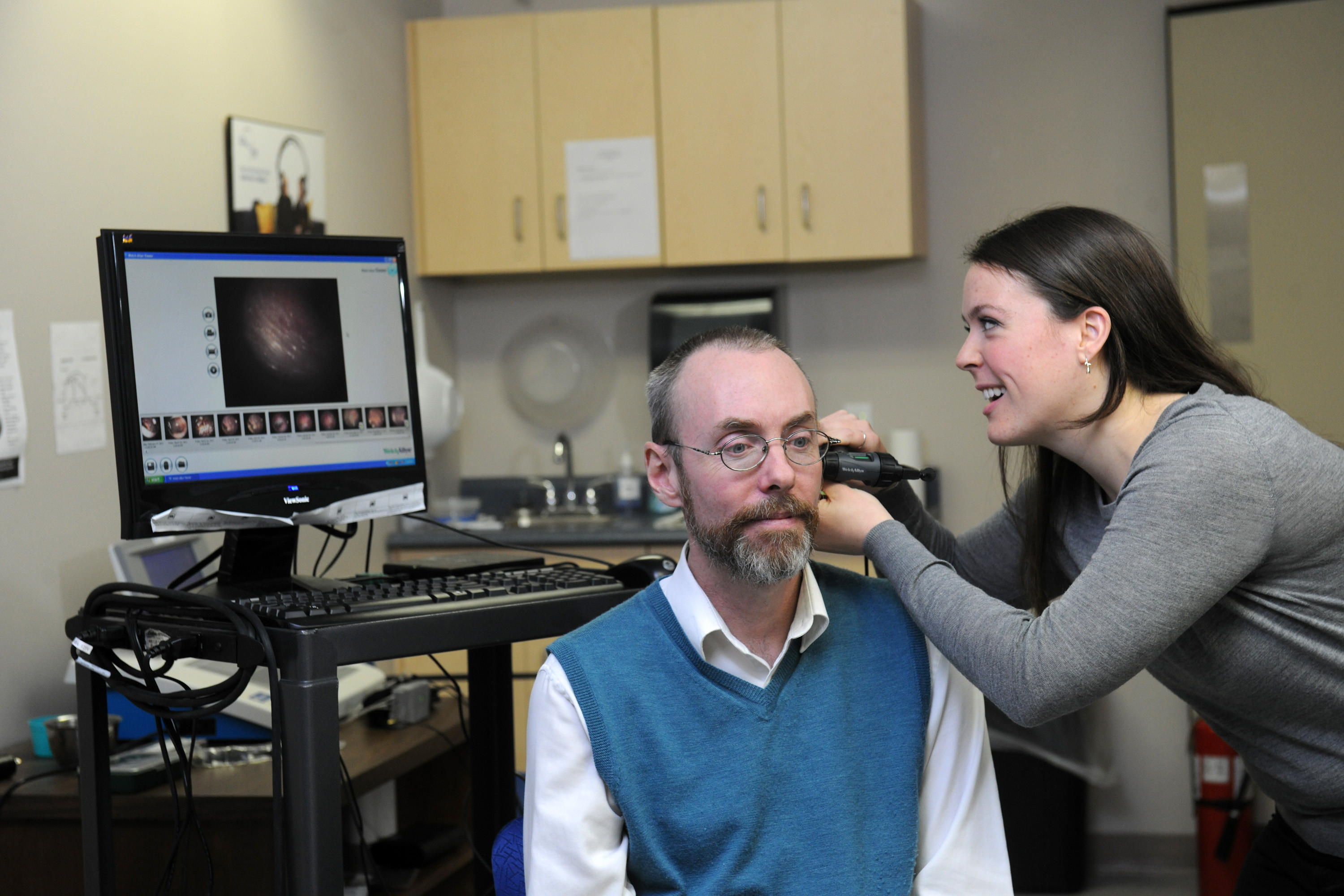Sciatica pain can be debilitating and affect your daily life. It is important to explore various treatment methods to help alleviate the discomfort and improve your quality of life. Here are the top 10 sciatica pain treatment methods you need to know:
1. Physical Therapy
Physical therapy can help strengthen the muscles around the sciatic nerve, improving flexibility and reducing pressure on the nerve. A physical therapist can also teach you exercises to relieve pain and prevent future episodes of sciatica.
Benefits of Physical Therapy:
- Improves strength and flexibility
- Reduces pain and inflammation
- Prevents future episodes of sciatica
2. Medications
Medications such as nonsteroidal anti-inflammatory drugs (NSAIDs), muscle relaxants, and pain relievers can help alleviate the pain and inflammation associated with sciatica. In some cases, corticosteroid injections may be recommended to reduce swelling and discomfort.
Types of Medications:
- NSAIDs
- Muscle relaxants
- Pain relievers
- Corticosteroid injections
3. Heat and Ice Therapy
Applying heat or ice packs to the affected area can help reduce inflammation and alleviate pain. Heat therapy can improve blood flow and relax muscles, while ice therapy can numb the area and reduce swelling.
How to Use Heat and Ice Therapy:
- Apply heat or ice packs for 15-20 minutes at a time
- Repeat every 2-3 hours as needed
4. Chiropractic Care
Chiropractic adjustments can help realign the spine and alleviate pressure on the sciatic nerve. A chiropractor can also provide manual therapies such as massage and stretching exercises to relieve pain and improve mobility.
Benefits of Chiropractic Care:
- Improves spinal alignment
- Alleviates pressure on the sciatic nerve
- Enhances mobility and flexibility
5. Acupuncture
Acupuncture involves the insertion of thin needles into specific points on the body to stimulate energy flow and promote healing. This ancient Chinese therapy can help alleviate sciatica pain and improve overall well-being.
How Acupuncture Works:
- Stimulates nerve fibers to release endorphins (natural painkillers)
- Improves circulation and reduces inflammation
- Promotes relaxation and stress relief
6. Massage Therapy
Massage therapy can help relax tight muscles, improve blood flow, and reduce pain associated with sciatica. A skilled massage therapist can target the affected area and provide relief through various techniques.
Types of Massage for Sciatica:
- Deep tissue massage
- Trigger point therapy
- Myofascial release
7. Yoga and Stretching Exercises
Yoga and stretching exercises can help improve flexibility, strengthen muscles, and reduce sciatica pain. Practicing gentle yoga poses and stretches can also promote relaxation and improve overall well-being.
Benefits of Yoga and Stretching:
- Improves flexibility and range of motion
- Strengthens core muscles to support the spine
- Promotes relaxation and stress relief
8. Posture Correction
Improper posture can contribute to sciatica pain by putting pressure on the spine and surrounding nerves. Correcting your posture through ergonomic adjustments and mindful practices can help alleviate discomfort and prevent future episodes of sciatica.
Tips for Improving Posture:
- Sit and stand up straight
- Use ergonomic furniture and devices
- Take regular breaks to stretch and move
9. Dietary Changes
Adopting a healthy diet rich in anti-inflammatory foods can help reduce inflammation and alleviate sciatica pain. Avoiding inflammatory foods such as processed sugars and trans fats can also support recovery and overall well-being.
Foods to Include in Your Diet:
- Fatty fish (salmon, mackerel)
- Leafy green vegetables (spinach, kale)
- Berries (blueberries, strawberries)
- Nuts and seeds (walnuts, chia seeds)
10. Stress Management
Chronic stress can exacerbate sciatica pain and hinder recovery. Practicing stress management techniques such as deep breathing, meditation, and mindfulness can help reduce tension, promote relaxation, and improve overall well-being.
Stress Management Techniques:
- Deep breathing exercises
- Mindfulness meditation
- Yoga and tai chi
It is important to consult with a healthcare provider to determine the most appropriate treatment plan for your individual needs and preferences. By exploring these top 10 sciatica pain treatment methods, you can find relief and improve your quality of life.







